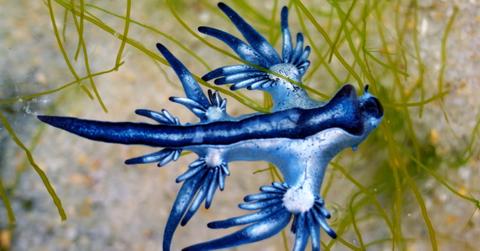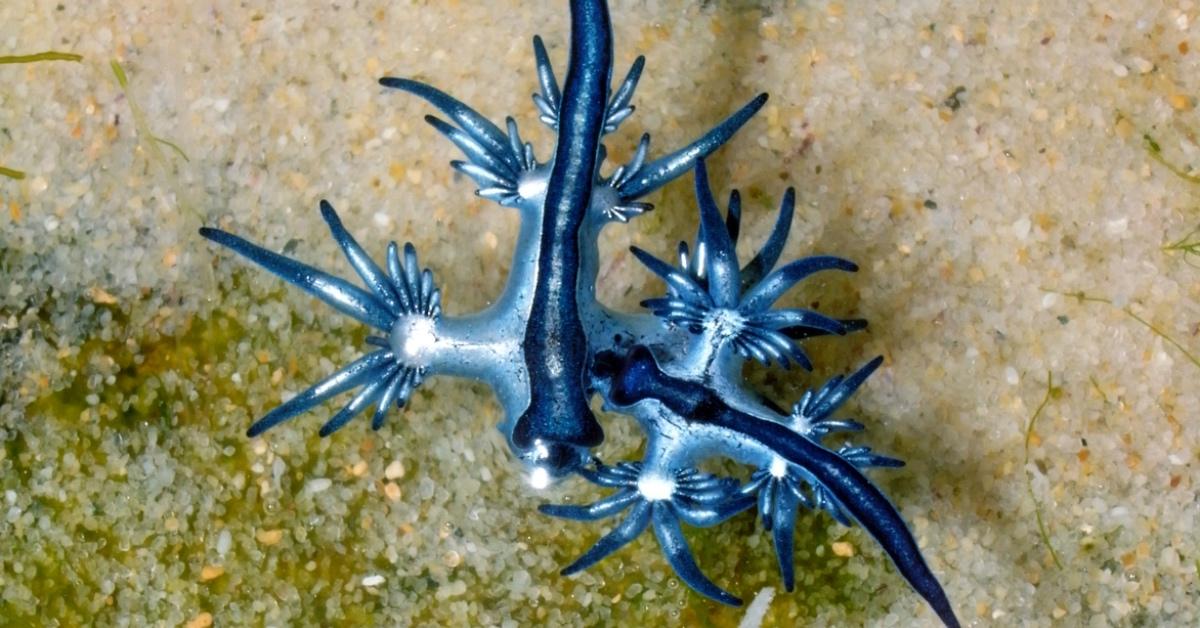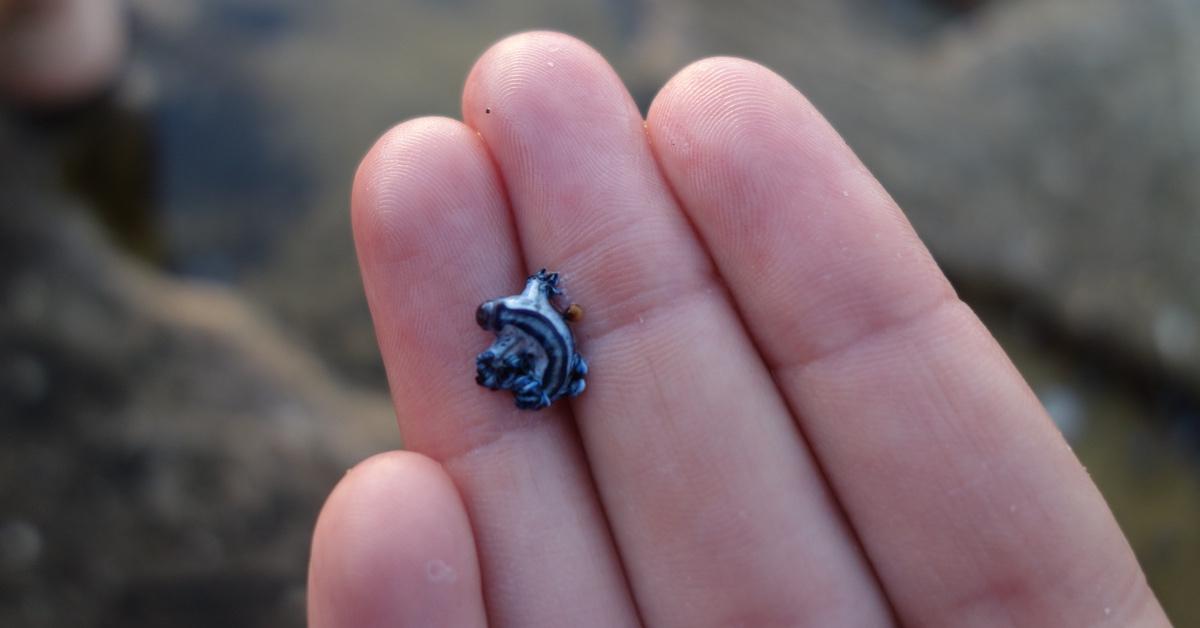Look, but Don't Touch: Blue Dragon Sea Slugs Have a Uniquely Powerful Sting
Blue dragons are a type of sea slug that might look straight out of a video game, but the pain they can inflict means humans should stay far away.
Published March 11 2024, 12:05 p.m. ET

It's no secret that there are many stunning and otherworldly creatures on Earth. Many of these creatures have aposematism, or bright colors and stripes, to indicate to predators they are not worth eating. Examples of these creatures include poison dart frogs, skunks, and Glaucus atlanticus, better known as the blue dragon, a species of sea slug.
While some on the internet have compared the illustrious blue dragon to a "real life Pokémon" and commented on how adorable they are, officials at popular spring break locations have warned visitors not to touch these creatures.
Here's what you need to know about the dangers of a blue dragon sting and more.

Blue dragons are a species of sea slug with a fearsome sting.
According to Oceana, blue dragons live in the Atlantic, Pacific, and Indian Oceans in both tropical and subtropical waters. These tiny nudibranchs only grow up to 3 centimeters long and are kept aloft by storing air bubbles in their stomach.
Blue dragons also spend most of their days upside down, exposing their bright blue bellies to camouflage themselves in the ocean.
Per PBS, blue dragons may be tiny, but they are mighty. They feast upon Portuguese Man O' War, a species of siphonophore related to jellyfish. Portuguese Man O' War have stinging cells that can be very painful to humans, which the blue dragons siphon and take for themselves.
As such, blue dragons can be significantly more dangerous than the Portuguese Man O' War, so many beach officials have warned swimmers about both creatures.
Jace Tunnell, the now-Director of Community Engagement at the Harte Research Institute for Gulf of Mexico Studies at Texas A&M University-Corpus Christi, emphasized to Texas Monthly, "That’s what makes them so dangerous. It’s concentrated, so it’s even worse than man-o’-war sting."
Because blue dragons are so tiny, it can be easy for beachcombers to overlook these creatures and accidentally pick them up or step on them. Typically, however, you can find the blue dragons closest to the shoreline.

Why can you do if you get stung by a blue dragon?
The goal should be to avoid being stung. If you see these creatures on the beach, do not touch them; observe only from afar. If you do happen to get stung by a blue dragon, Tunnell suggested to Texas Monthly that vinegar and hot water could be used to remedy mild pain, but there is a chance you could have a severe reaction.
Tunnell said, "In very rare cases, there have been people who have died from [blue dragon stings]. If you get stung in the right spot, and you’re not someone who can handle a sting, and you have a bad allergic reaction, something bad is going to happen."
Ultimately, however, if you are stung by a blue dragon, it's best to go to the hospital, advises Ocean Info. According to American Ocean, some severe side effects of touching the blue dragon can be nausea and vomiting, so it's best to let a health professional determine how best to address your side effects.